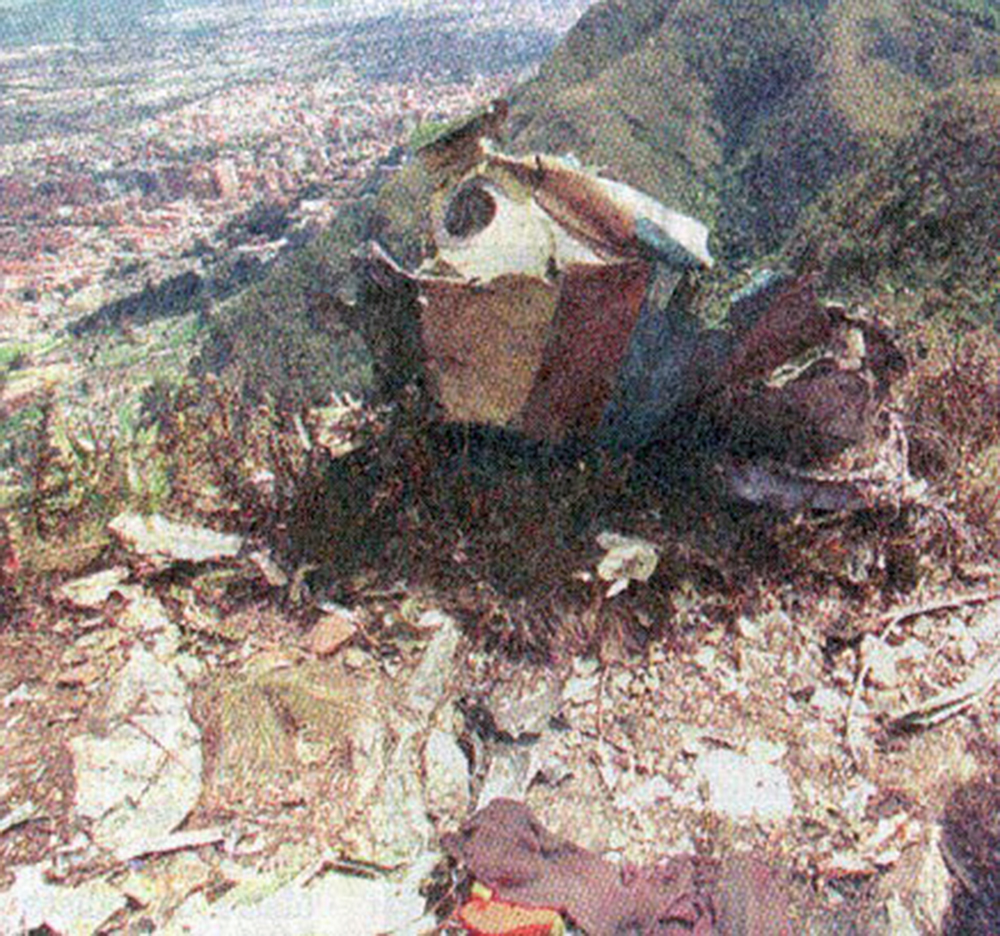Crash of a Mitsubishi MU-2B-25 Marquise in São Paulo
Date & Time:
Jul 10, 1998
Registration:
PT-LTC
Survivors:
Yes
MSN:
314
YOM:
1975
Crew on board:
2
Crew fatalities:
Pax on board:
3
Pax fatalities:
Other fatalities:
Total fatalities:
0
Circumstances:
During the takeoff roll at São Paulo-Congonhas Airport, the crew encountered an engine failure and decided to abort. The airplane was stopped on the main runway and all five occupants escaped uninjured. However, debris punctured a fuel tank and the aircraft caught fire and was severely damaged by fire and later written off.
Probable cause:
Uncontained failure on takeoff for unknown reasons.








